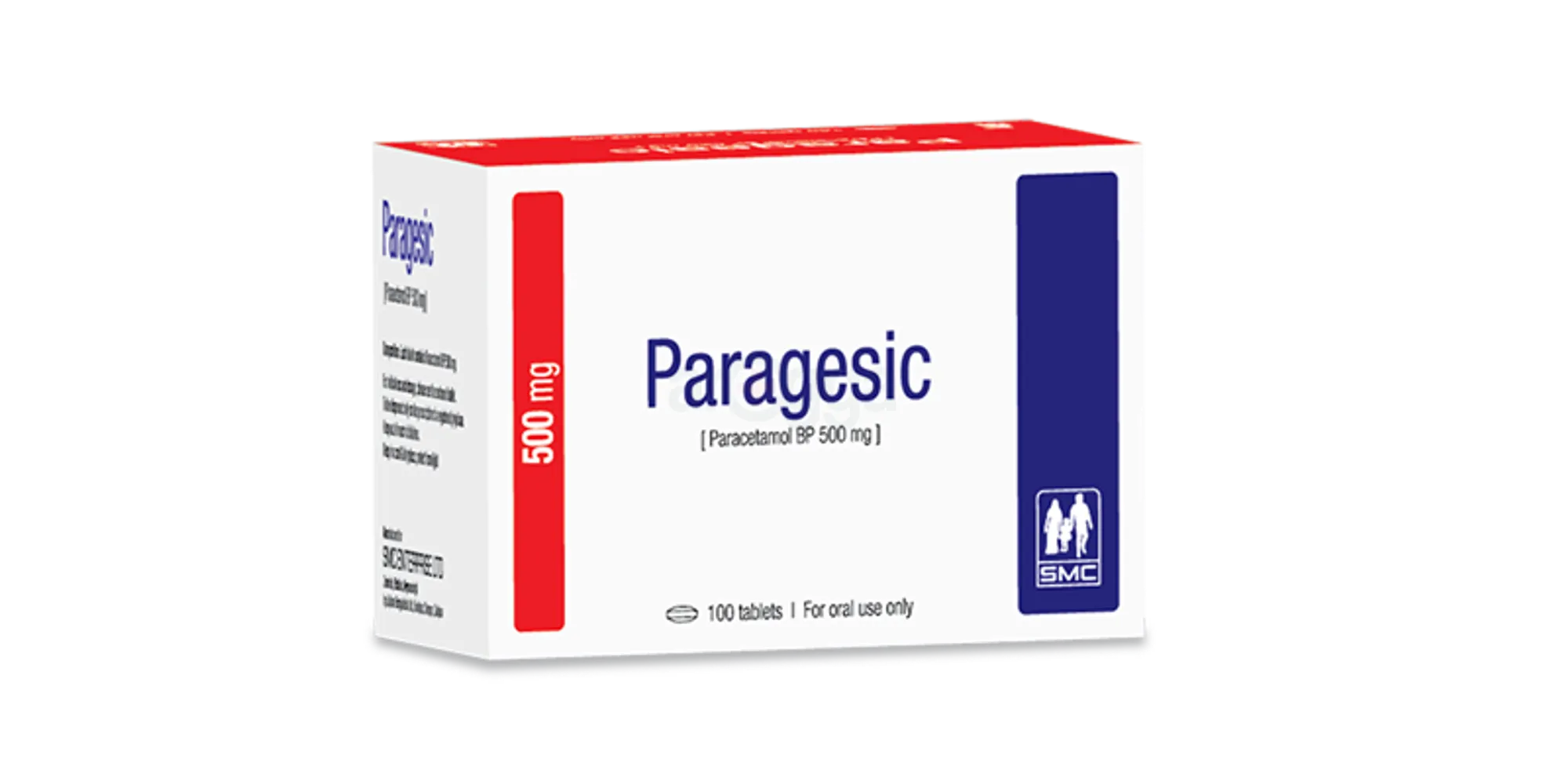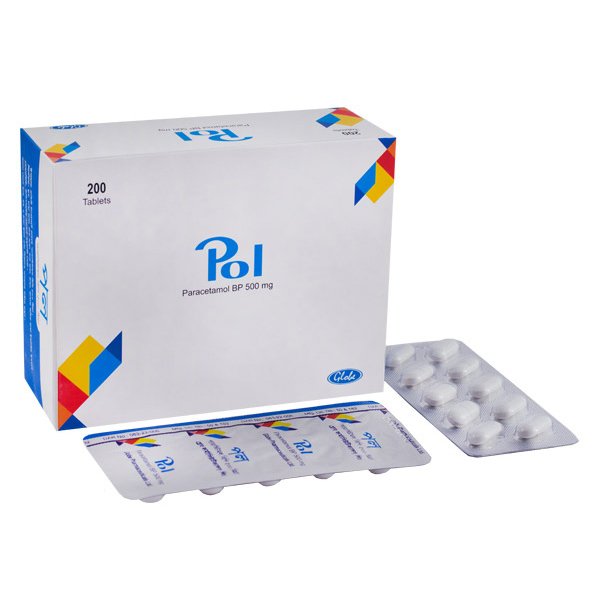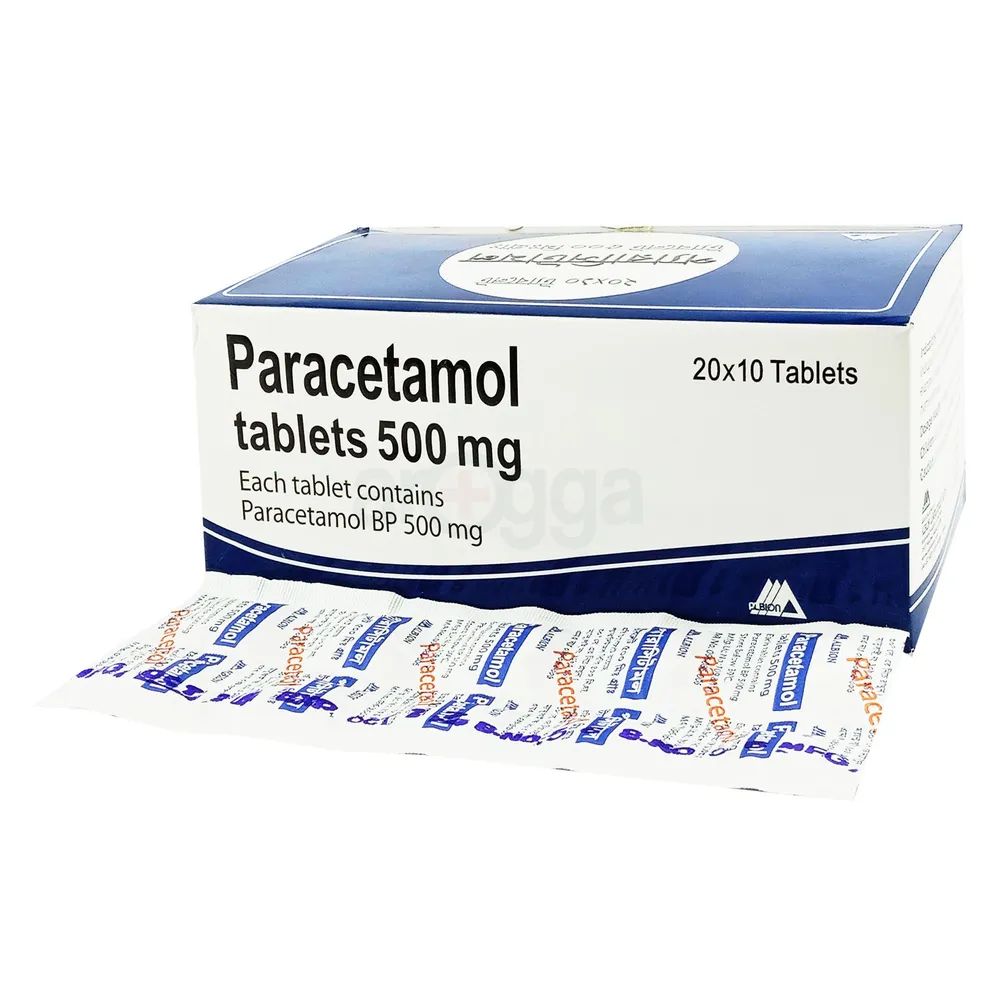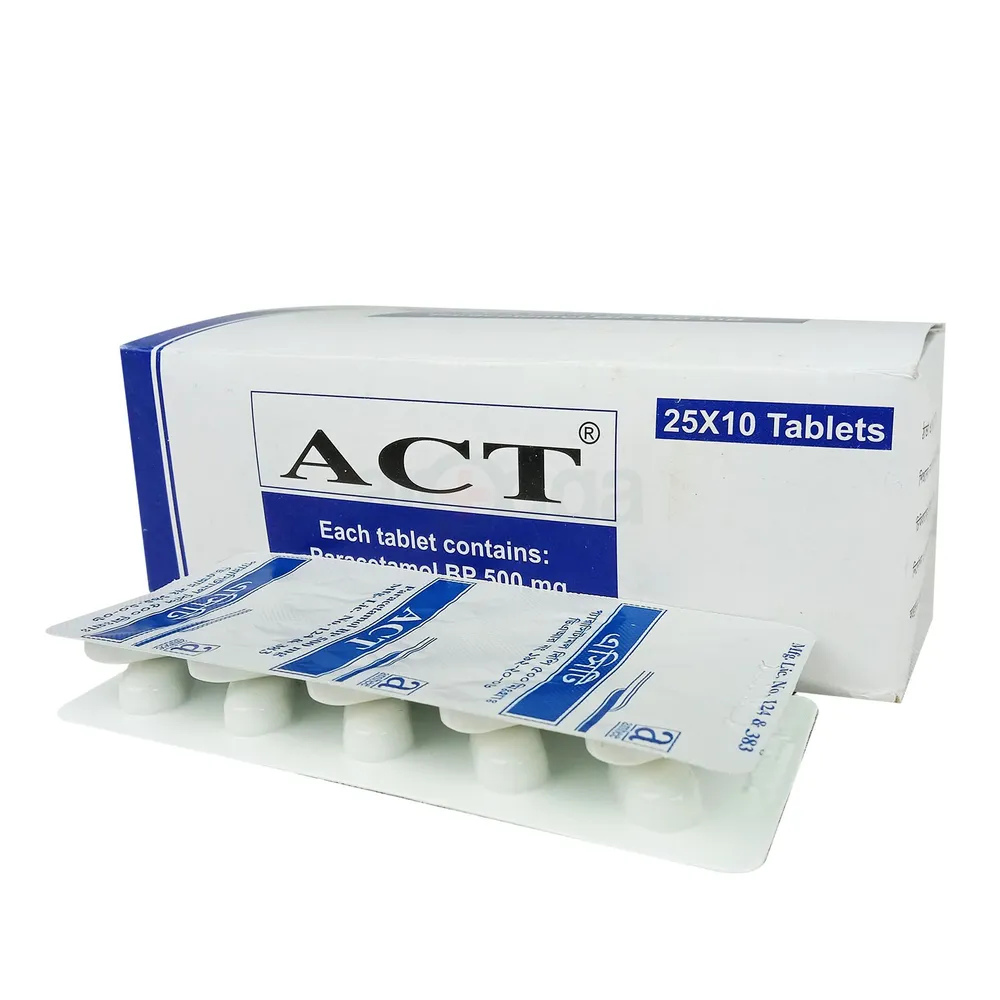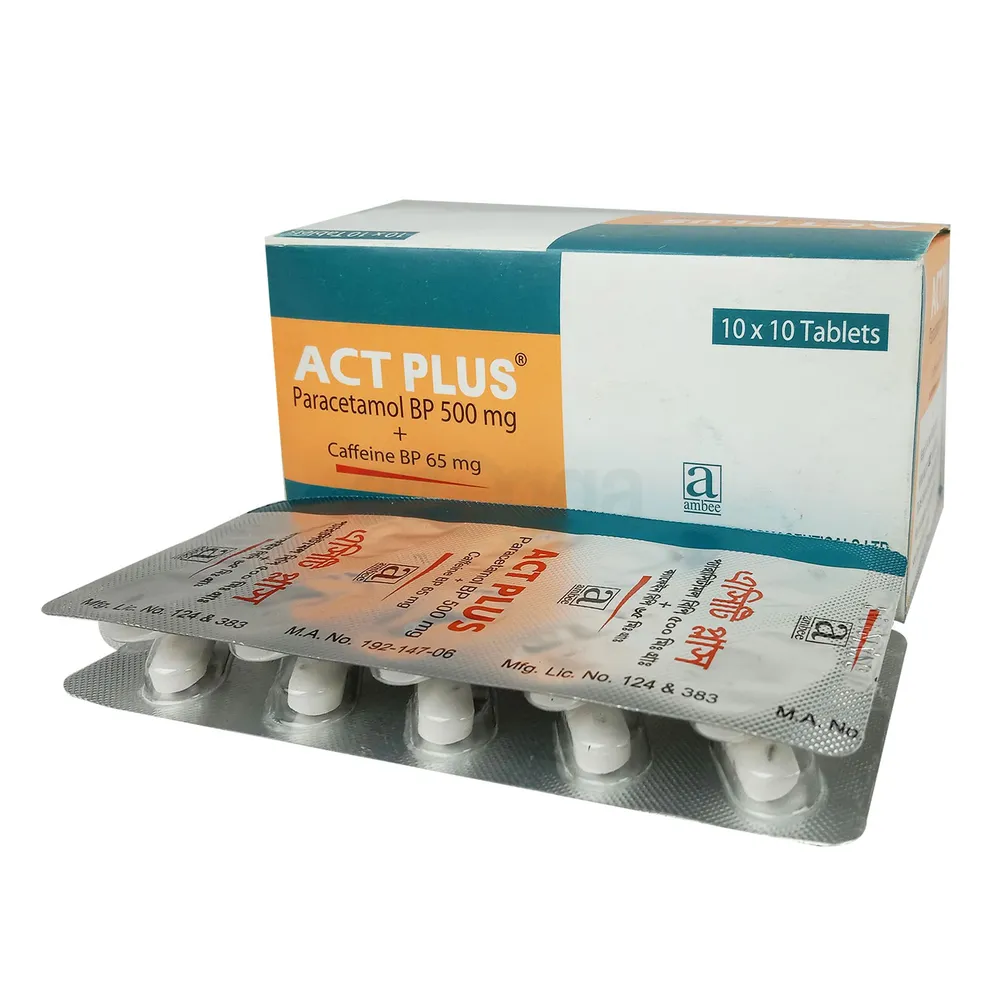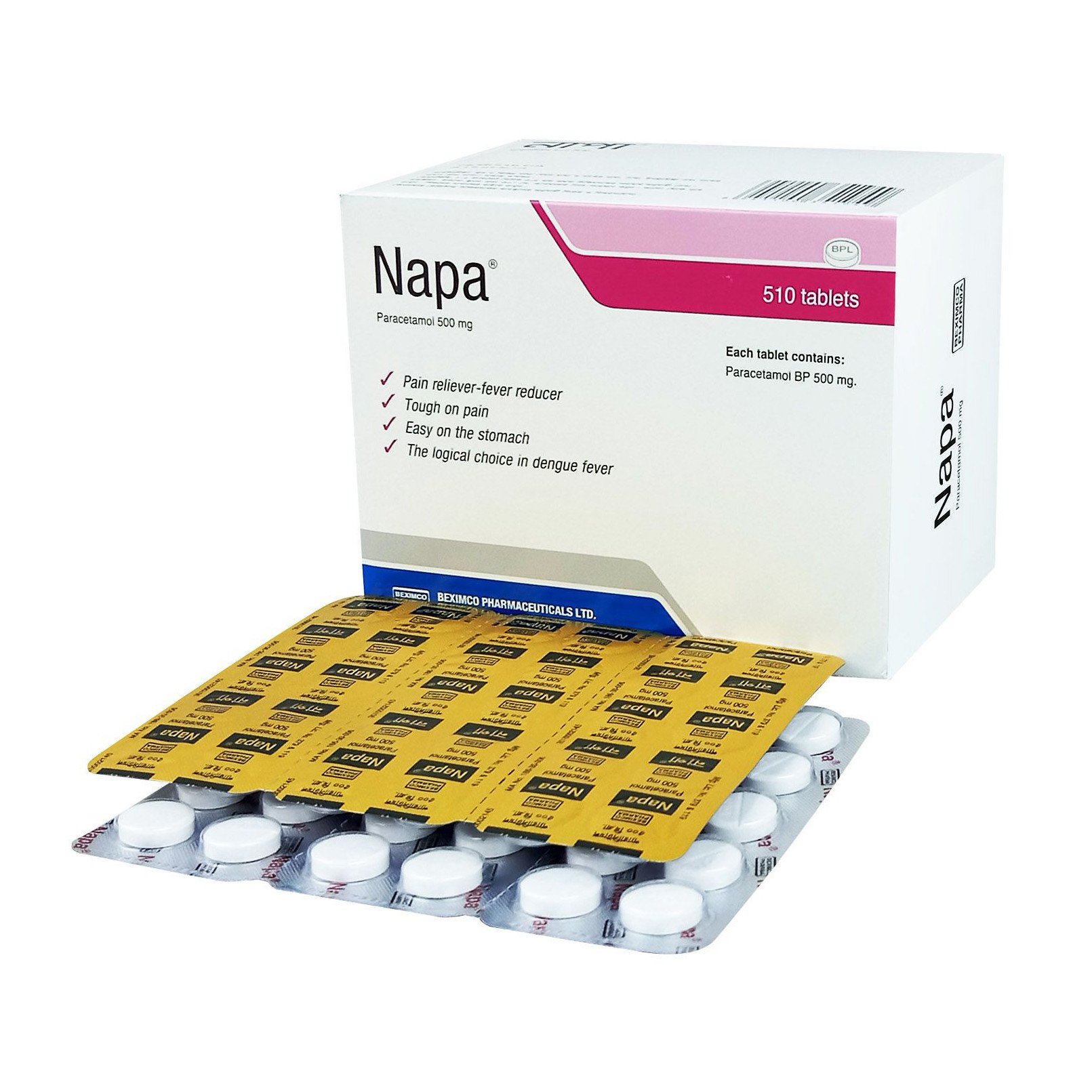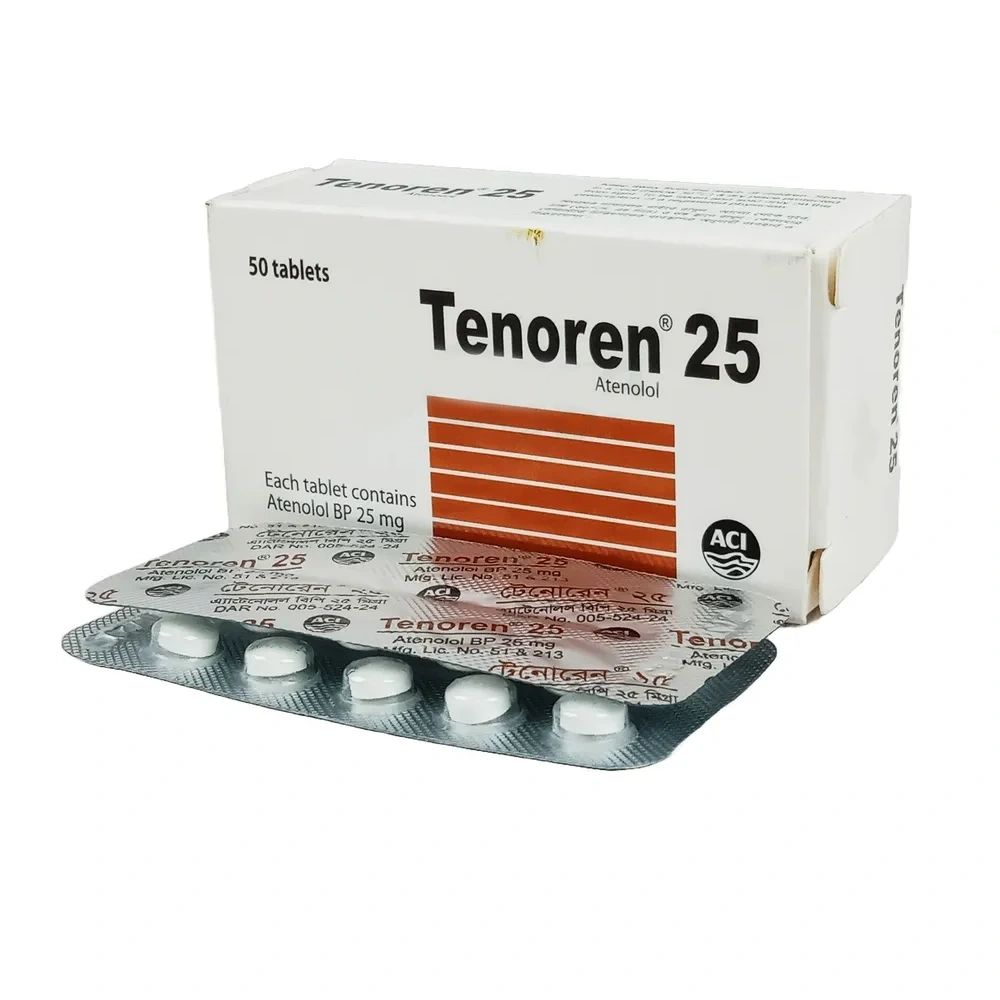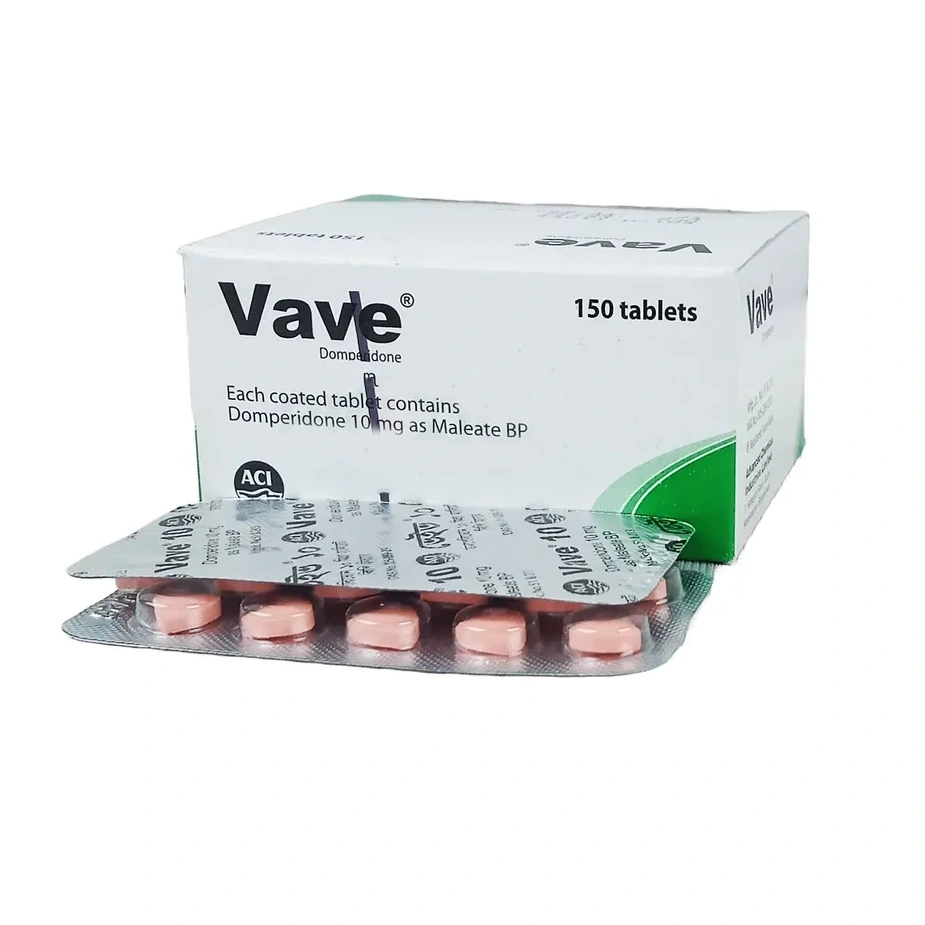Medicine Overview of Xpa 500mg Tablet
Xpa 500 500mg is a medicine used to relieve pain and to reduce fever. It is used to treat many conditions such as headache, body ache, toothache and common cold.Xpa 500 may be prescr500mg ibed alone or in combination with another medicine. You should take it regularly as advised by your doctor. It is usually best taken with food otherwise it may upset your stomach. Do not take more or use it for longer than recommended. Side effects are rare if this medicine is used correctly but this medicine may cause stomach pain, nausea, and vomiting in some people. Consult your doctor if any of these side effects bother you or do not go away.This medicine is widely prescribed and considered safe but is not suitable for everybody. Before taking it, let your doctor know if you have liver or kidney problems or are using blood-thinning medicines. It may affect the dose or suitability of this medicine. Let your doctor know about all the other medicines you are taking because they may affect, or be affected by, this medicine.
- Pain relief
- Fever
- No common side effects seen
-
Xpa 500 should be taken with food or milk to prevent upset stomach.
-
Take it as per the dose and duration prescribed by your doctor. Long term use may lead to serious complications such as stomach bleeding and kidney problems.
-
Do not take indigestion remedies (antacids) within two hours of taking Xpa 500.
-
Avoid consuming alcohol while taking this medicine as it can increase your risk of stomach problems.
-
Inform your doctor if you have liver disease as your dose may need to be adjusted.
-
Your doctor may regularly monitor your kidney function, liver function and levels of blood components if you are taking this medicine for long-term treatment.
Mild to moderate pain, osteoarthritis, rheumatoid arthritis, chronic low back pain, Renal stone pain, neuropathic pain, toothache, migraine, postoperative mild to moderate pain.
Mild to moderate pain and fever
Tablet
Adult: 1 – 2 tablets every 4 to 6 hours up to a maximum of 4 g (8 tablets) daily
Extended Release (XR) Tablet
Adults: 2 tablets, swallowed whole, every 6 to 8 hours (maximum of 6 tablets in any 24 hours).
Syrup/Suspension:
Adults: 4-8 Measuring spoonful 3-4 times daily;
Rectal
Suppository
Adults: 500 mg-1 g every 4-6 hours to a maximum of 4 g daily.
Oral
Mild to moderate pain and fever
Tablet
Children (6 – 12 years) : 1/2 to 1 tablet 3 to 4 times daily
Extended Release (XR) Tablet
Children over 12 years: 2 tablets, swallowed whole, every 6 to 8 hours (maximum of 6 tablets in any 24 hours).
Syrup
Mild to moderate pain and fever
Children:
3 months – <1 year : 60 – 120 mg (1/2 – 1 measuring spoonful),
1 – 5 years : 1 – 2 measuring spoonful
6 – 12 years : 2 – 4 measuring spoonful
Children: 2 months: 60 mg (1/2 measuring spoonful) for post immunization pyrexia;
Paediatric Drops
Mild to moderate pain and fever
Children Up to 3 months: 0.5 ml (40 mg)
4 to 11 months: 1.0 ml (80 mg)
1 to <2 years: 1.5 ml (120 mg)
2 to 3 years: 2 ml (160mg)
4 to 5 years: 3 ml (240 mg)
Dose can be repeated, every 4 hours.
Rectal
Mild to moderate pain and fever
Suppository
Children: 3 months-<1 year: 60-125 mg
1-<5 years: 125-250 mg
5-12 years: 250-500 mg
These doses may be repeated every 4-6 hours as necessary (maximum 4 doses in 24 hours).
Children over 12 years: 500 mg-1 g every 4-6 hours to a maximum of 4 g daily.
Post-immunisation pyrexia
Child: 2-3 mth 60 mg. If necessary, a 2nd dose may be given after 4-6 hr.
Thrombocytopenia, leucopenia, pancytopenia, neutropenia, agranulocytosis, pain and burning sensation at inj site. Rarely, hypotension and tachycardia.
Potentially Fatal: Stevens-Johnson syndrome, toxic epidermal necrolysis, acute generalised exanthematous pustulosis, acute renal tubular necrosis and hepatotoxicity.






